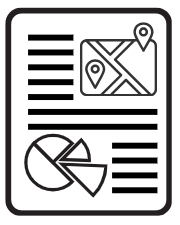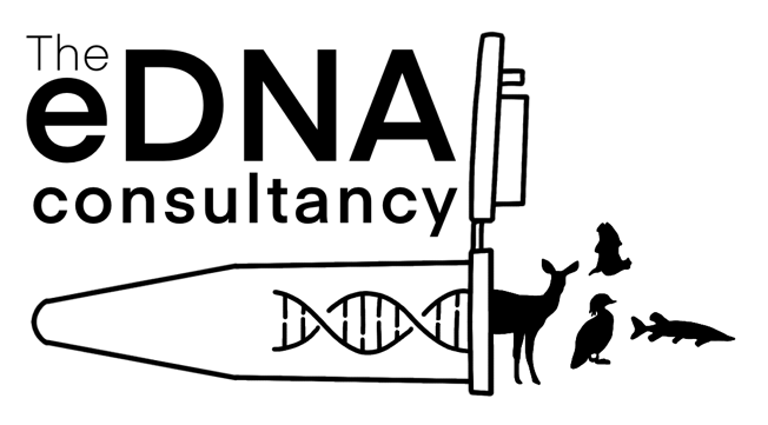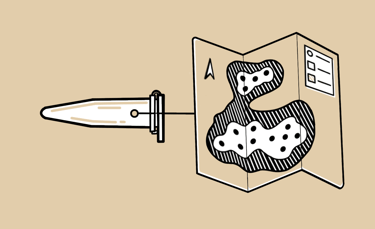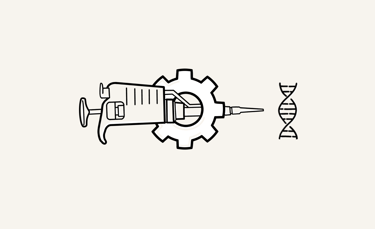
Garden Biodiversity Project
Discover the Hidden Wildlife in Your Garden with eDNA


Watching your garden come alive with wildlife is one of the joys of having your own green space. However the majority of species in our gardens go unnoticed.
Camera traps, night surveys, and bird feeders only ever show part of the story. While they capture the bigger, bolder species, many are much more difficult to observe.
That's where eDNA comes in.
Mammals, bird and amphibian leaves behind tiny traces of DNA in the environment – in ponds, leaf litter, or on surfaces they pass over. Our Garden Biodiversity eDNA Kits allow you to collect those traces simply and quickly. Once analysed in our lab, we turn those DNA fragments into a species list that reveals the range of wildlife using your garden, not just the species you happen to see.
Your results will be added to our interactive map. You’ll be able to explore your own garden’s biodiversity and see how it compares with others across the country, contributing to a growing picture of local and national wildlife.


What Can eDNA Show You?
Hidden visitors – stoats, weasels, hedgehogs, shrews, and bats may all be detected, even if you’ve never spotted them.
Small and secretive species – amphibians and other species that rarely turn up on camera traps.
Annual changes – track how biodiversity increases as your garden matures.


Why Choose eDNA Over Traditional Wildlife Surveys?
Traditional garden monitoring relies on what you can see or hear. Camera traps, bird surveys and direct observation are brilliant for larger, active species – but they miss a large part of the picture. eDNA gives you:
More complete biodiversity insight – detecting everything from mammals to birds all in one test.
A non-invasive method – no disturbance to wildlife and no need for hours of observations.
Repeatability – take samples over time and directly compare results, season by season or year on year.
Confidence – DNA gives you hard data on who’s present.
How it works






Your Garden eDNA kit will be posted to you
Collect your eDNA sample following simple instructions
Return the sample to us using the packaging provided
DNA is analysed and your data reported back to you




Choose your kit and email us with your address to order


Terrestrial Garden Species
This kit will enable you to survey the terrestrial species in your garden, anything from toads and shrews to foxes and badgers.




Garden Pond Species
Use this kit to uncover the fish, amphibians, birds and mammals using your pond.
Combination kit
Collect two samples from your garden to monitor both the terrestrial and pond life.
Garden eDNA Kits


When you take part, you’ll get more than just a list of species. Your kit includes everything you need to sample your garden, and once we’ve analysed your samples you’ll receive:
A personalised garden biodiversity report – your own species list for your space.
Your results mapped interactively – your results will be included in our online map alongside everyone else’s. You'll be able to see how your garden fits into the wider biodiversity picture.
Benchmarking tools – compare your results across years to track improvements in your garden habitat.
Insights into species of conservation concern – spot the species that matter most for local biodiversity.
What You’ll Receive
Every garden is part of a larger ecosystem. Together, gardens form a patchwork of habitats that are vital for wildlife survival in our towns and countryside. By taking part in the Garden Biodiversity eDNA Project, you’ll:
Learn how your garden contributes to local and national biodiversity.
See how wildlife moves through your community – connecting green spaces and supporting species survival.
Join a collective effort to better understand and support wildlife.
The Bigger Picture
Example interactive map to illustrate how the data will be shared:
The eDNA Consultancy
Where our expertise meets yours
ADDRESS
Unit 4 & 5, Tanhouse Farm, Frampton on Severn, Gloucestershire, GL2 7EH, GB
INQUIRE ABOUT OUR SERVICES
Web design and graphics by Bear Bones
The eDNA Consultancy Ltd is registered in England and Wales 15508607. VAT no: 482885735 © Copyright The eDNA Consultancy Ltd. All rights reserved.






